5 Types of Heroes and How to Write Them
All of us have a favorite fictional hero…
However, far from the usual stereotypes, that hero could be any number of things! After all, heroes aren’t just noble knights, but wise witches, rough and tumble bounty hunters, space pilots, and tons of other flawed and interesting characters. In fact, there are many types of heroes that can populate our stories.
Fortunately, this variety of heroes isn’t a bad thing. In fact, it gives us writers more room than ever to tell unique stories and write amazing novels—all with equally unique heroes!
The Role of the Hero
Contents
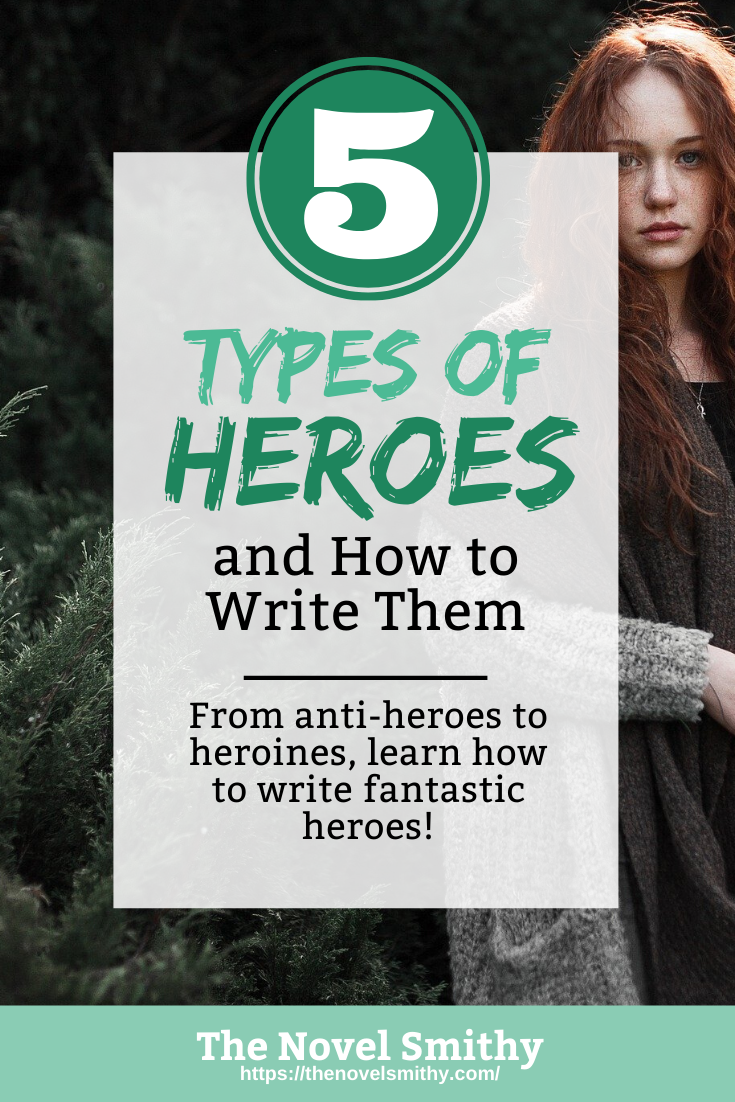 Before we get into the types of heroes in fiction, we should probably lay some groundwork around what a hero actually is.
Before we get into the types of heroes in fiction, we should probably lay some groundwork around what a hero actually is.
Typically, your hero will be your protagonist.
They’ll be the primary character driving your story, and they’ll also be the character your readers are closest to. Your story will be told through their eyes, or at least with a healthy dose of their thoughts and emotions thrown in. Basically, they’ll be one of the most—if not the most—important characters in your novel, shaping everything from your plot to your pacing and theme.
Note: Your hero won’t always be the main character of your story. More on that here.
Because of this importance, there are a few common patterns heroes follow, with the most well known being The Hero’s Journey. This is a story structure discovered by Joseph Campbell where the hero moves from their known world into the unknown, facing tests and trials before returning home to share their newfound gifts with their community.
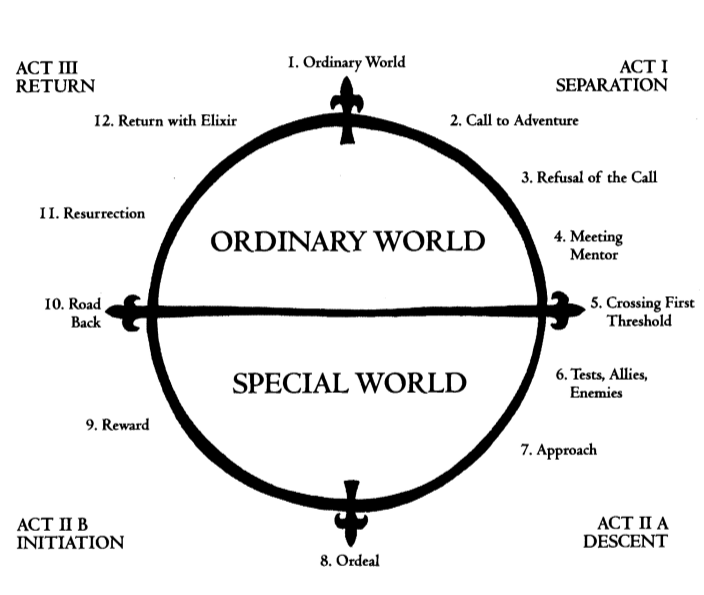
In fact, the Hero is one of the main archetypes of The Hero’s Journey, alongside other popular archetypes like the Mentor and Trickster. Overall, The Hero’s Journey is an excellent framework to follow when writing a hero, helping you hit all the major beats that will define their adventure. However, not all heroes follow this exact path—after all, there are many types of heroes beyond this classic archetype.
This is because heroes are shaped by their character arcs and how they handle them.
Not every hero will have the same positive character arc seen in The Hero’s Journey, or will deal with that arc in the same way—and so, we end up with five types of heroes in fiction…
The 5 Types of Heroes in Fiction
The Classic Hero:
Thus far, we’ve mostly been talking about the classic hero, simply because they’re so widespread in popular fiction. Not only that, but this classic hero actually contains a lot of variety, including everything from superheroes to the everyman, the coming of age hero, the unwilling hero, and more. Lumping these together under one banner may seem strange at first, but these smaller variations all have one core trait in common:
They’re all positive arc heroes.
This classic hero is the Hero archetype of The Hero’s Journey, the person who goes out on an adventure and comes back stronger, wiser, and bearing the rewards of their journey. If you’re trying to conjure up an image of what this might look like—though I doubt you’re having much trouble—just think of Marvel’s Thor, Katniss Everdeen, Luke Skywalker, or Disney’s Mulan.
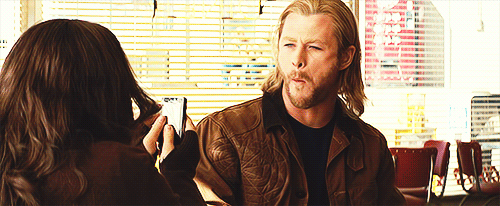
To write this classic hero, write a positive arc character. This character will set out on an adventure, face tests and trials, and slowly gain mastery over the conflict of your story. They’ll also face some kind of internal conflict along the way, but will ultimately learn an important lesson that allows them to both grow as a person and succeed on their quest.
Overall, the classic hero is more about physical mastery and success than anything else, and it’s the one you’re probably most familiar with—simply because it’s so common.
The Anti-Hero:
Ranking just behind the classic hero in terms of popularity is the anti-hero—the beloved bad boy of fiction. Whereas the classic hero is straight-laced, the anti-hero is rougher around the edges. These heroes are defined by their less-than-heroic behavior and personality, and often have questionable motivations and goals too.
Still, beneath it all they have a good—and heroic—heart.
For inspiration, think of Han Solo, Johnny from Dirty Dancing, or Jessica Jones. These characters lack the moral compass and all around “hero-ness” of the classic hero, and may even do some unpleasant things during their journeys. They’re usually at odds with their larger community and frequently have their own agendas to pursue as well. Despite this, they all end up fighting for good in the end—just in their own ways.
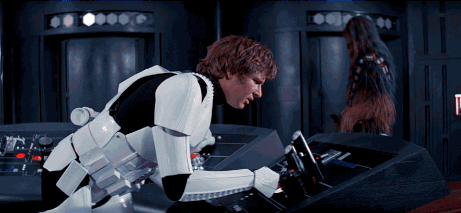
To write an anti-hero, think about the classic hero, just flipped on its head.
Anti-heroes are positive arc characters, just like the classic hero. However, your anti-hero won’t look like a stereotypical hero at first glance, and may have some obvious bad habits on display. Still, even if they have to face a lot of internal struggles and missteps to reach hero status, they’ll eventually end up fighting for what is right.
Just remember, Han shot first—but in the end, he turned out to be a rather wonderful hero!
The Failed Hero:
While you might not realize it at first glance, failed heroes are one of the most complex types of heroes to write, simply because there are so many ways to approach them.
On the one hand, failed heroes often start out looking like a classic hero, only to descend into a negative character arc before their journey ends. This is usually because they failed to accept their truth, like in the case of Jay Gatsby. In a similar variation, the failed hero could eventually—slowly—find redemption after a major character shift, allowing them to regain their hero status. This is what happened to Anakin Skywalker between episodes one and six of Star Wars.
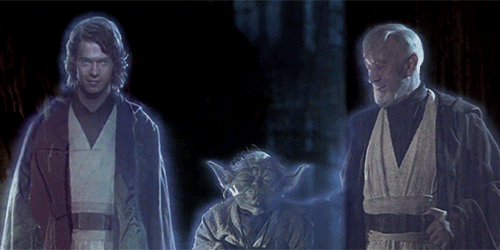
However, not all failed heroes have to be negative arc characters.
You could also have a positive arc character who experiences personal failure, despite doing the right thing in the eyes of the reader. As an example, think of Shane. He ends his story believing he has failed, because his journey was about outrunning his past—and killing was exactly what he wanted to escape, even if he did it for the right reasons.
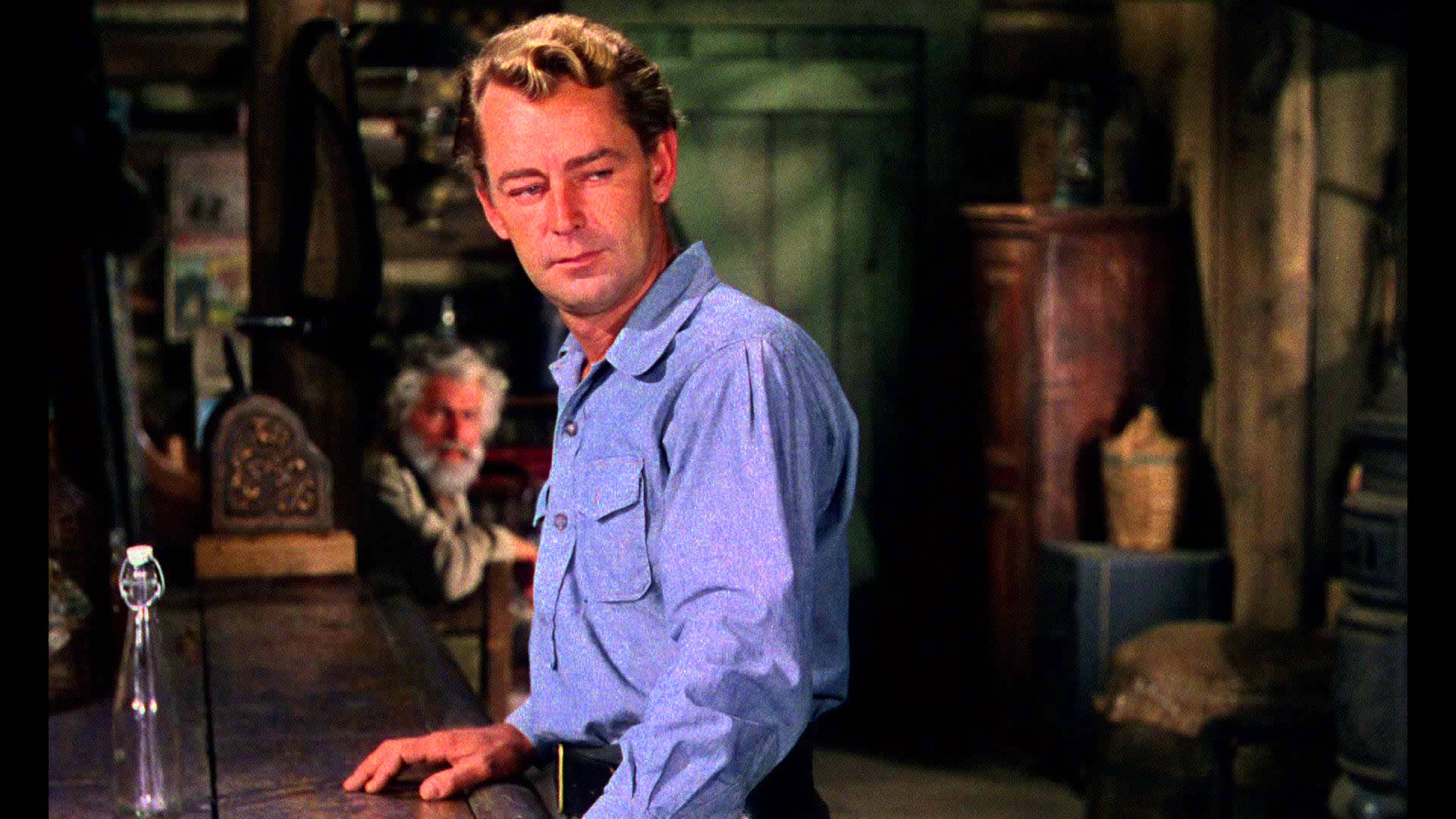
A failed hero can also believe they’re doing the right thing, only to have the rug snatched out from under them. This is most often seen when a hero unknowingly opens the door for the antagonist’s success. If you’re a video-game fan like me, Chris La Porte wrote an excellent article all about how Link from The Legend of Zelda series embodies this form of the failed hero.
Overall, the failed hero is any hero whose journey gets cut short before their time.
To write a failed hero, first consider when in their journey your story takes place. Have they already failed and are dealing with the aftermath, or will they fail in the course of your novel? From there, ask yourself why they failed, and if this is a failure they’ll ever overcome. Did they fail because they ignored their truth, or was it because their want was stronger than their need? Finally, consider the consequences of their failure, and make sure those consequences have a genuine—and long-lasting—impact.
Ultimately, while the failed hero is a tragic one, it’s often the most tragic stories that stick with us thanks to the truths they teach us about humanity.
The Messianic Hero:
While the term “messianic hero” comes with some religious connotations, this type of hero can appear in all kinds of stories, religious or not. At its core, the messianic hero is a hero who already knows a core truth about their world, and whose journey is about spreading that truth to others rather than achieving victory or success for themselves.
Basically, the messianic hero is a flat arc character.
As an example, think of Nausicaä from Nausicaä of the Valley of the Wind, Ashitaka from Princess Mononoke, or Mattie Ross from True Grit. All of these characters start out possessing a key truth about the world around them—be it the meaning of grit or the importance of natural harmony—and then spend their stories struggling to teach that truth to others. Though they may doubt their truth during the darkest moments of their journey, they never truly lose it.
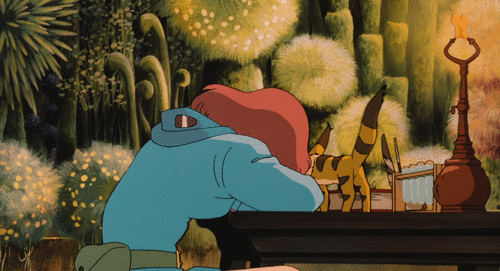
To write a messianic hero, focus first on creating a compelling flat arc character.
Ask yourself what truth your hero knows that the world around them desperately needs to learn. Then, think about how lacking that truth would harm their world, as well as what biases, beliefs, and practices are preventing people from accepting this truth for themselves. These are the main sources of conflict your messianic hero will need to fight against.
For instance, in Princess Mononoke humanity is at war with nature and is destroying itself in the process. Ashitaka already understands that a balance between humankind and nature is what this world needs, and spends his story doing everything he can to convince others of this truth too. Only once he proves this truth through his own actions can the conflict of his story be resolved and true healing begin.
The Heroine:
It’s no secret that female heroes are often treated differently, and not in a good way. Unfortunately, this is a huge topic that could span multiple blog posts on its own, meaning I won’t get into it in detail here. However, the short of it is this:
The heroine’s path isn’t limited to women—only named after them.
Any character of any gender can fulfill the role of a heroine, just like they can fulfill the role of any of the five types of heroes we’ve discussed. Female or male, your protagonist can be anything from an anti-hero, to a classic hero or a heroine.
So, why separate the classic hero from the heroine? Well, what distinguishes the heroine from the classic hero is that the heroine’s journey has a unique focus. Unlike the classic hero, who gains mastery over the outside world, the heroine gains a deeper connection with the self.
The heroine is more character-focused, while the classic hero is more plot-focused.
For instance, consider Wonder Woman and Moana. Both of these heroines set out on their journeys because they discover a deep internal disconnect that they can no longer live with. Throughout their adventures they slowly rekindle the connection with their true self, and then use this knowledge to better both themselves and their world.
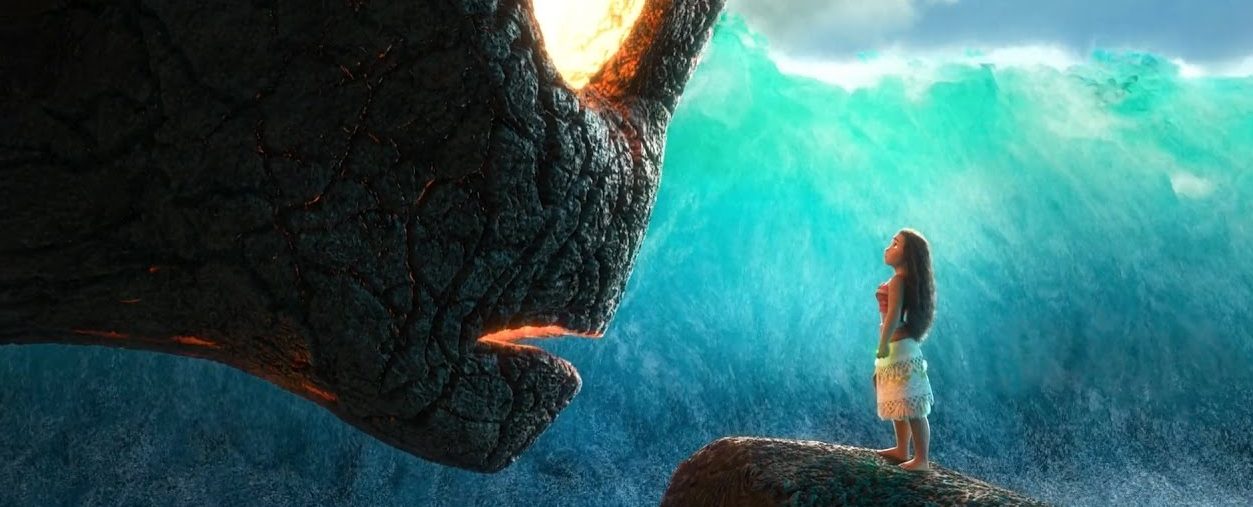
This is much like the classic hero, but whereas the classic hero returns with a primarily physical reward, the heroine returns with mental strength and wisdom. The plot of their stories isn’t meaningless, it just isn’t the focus—more of a vehicle for their self-growth.
To write a heroine, start with the same positive character arc you would use for the classic hero, but shift the heroine’s character arc and internal struggles to the forefront of your story. At the end of their journey, they need to have discovered a deeper connection with themselves that will allow them to achieve their goals and overcome the conflict of your novel—regardless of their gender.
How to Choose the Right Hero for Your Novel
Now that you understand the five types of heroes in fiction, you can finally start thinking about how to choose the right type of hero for your own novel. To do this, ask yourself—what kind of story do you want to tell?
There are three core options to consider:
The Heroic Tale (Positive Arcs):
Somewhat self-explanatory, this is a story about success and growth. Choose this style and its corresponding arc if you want to tell a story that leaves your readers uplifted and energized. A common style for coming of age tales, adventures, and romances. A great fit for anything from Classic Heroes to Anti-Heroes and Heroines.
The Cautionary Tale (Negative Arcs):
While the Heroic Tale can teach morals or lessons through the protagonist’s success, Cautionary Tales focus on giving warnings about the dangers of humankind’s flaws. Commonly seen in tragedies, thrillers, mysteries, and horror, a Cautionary Tale uses the negative arc to illustrate a character’s descent into their worst self. A good fit for Failed Heroes and some Anti-Heroes.
The Sheppard’s Tale (Flat Arcs):
These stories are all about the hero’s journey to guide their community to a better life and a better understanding of their truth. Common in religious and mythological tales, these stories follow a protagonist as they heal the world around them through their perseverance in upholding their truth. Great for Messianic Heroes and some Classic Heroes or Heroines.
Of course, even within these three basic styles there are tons of nuances and variations—after all, every story is unique! Still, these three options are a great starting point as you think about your goals for your story and what type of hero would suit your novel best.
The Many Types of Heroes
Heroes are one of the most important characters in any story, simply because of the central role they play. Fortunately, you don’t need to feel constrained by the traditional image of a knight in shining armor—there are many types of heroes you can use in your novel!
Regardless of what type of hero fits your novel best, just remember that all of them are people. They’ll have complex personalities, histories, likes and dislikes, fears and hopes. Don’t be afraid to put your own unique twist on any of these five types of heroes and have fun with them. 🙂
Of course, heroes are just one of the many characters that will populate your novel. If you want to read more about how to write compelling characters of all kinds, check out these other articles on character development:
- 10 Ways to Write a Chosen One That Won’t Annoy Readers
- The Ultimate Guide to Motivating Your Protagonist
- The Two Types of Conflict Every Novel Needs
- 4 Reasons Your Protagonist’s Blue Eyes Don’t Matter
- 4 Key Crossroads Your Protagonist Must Face

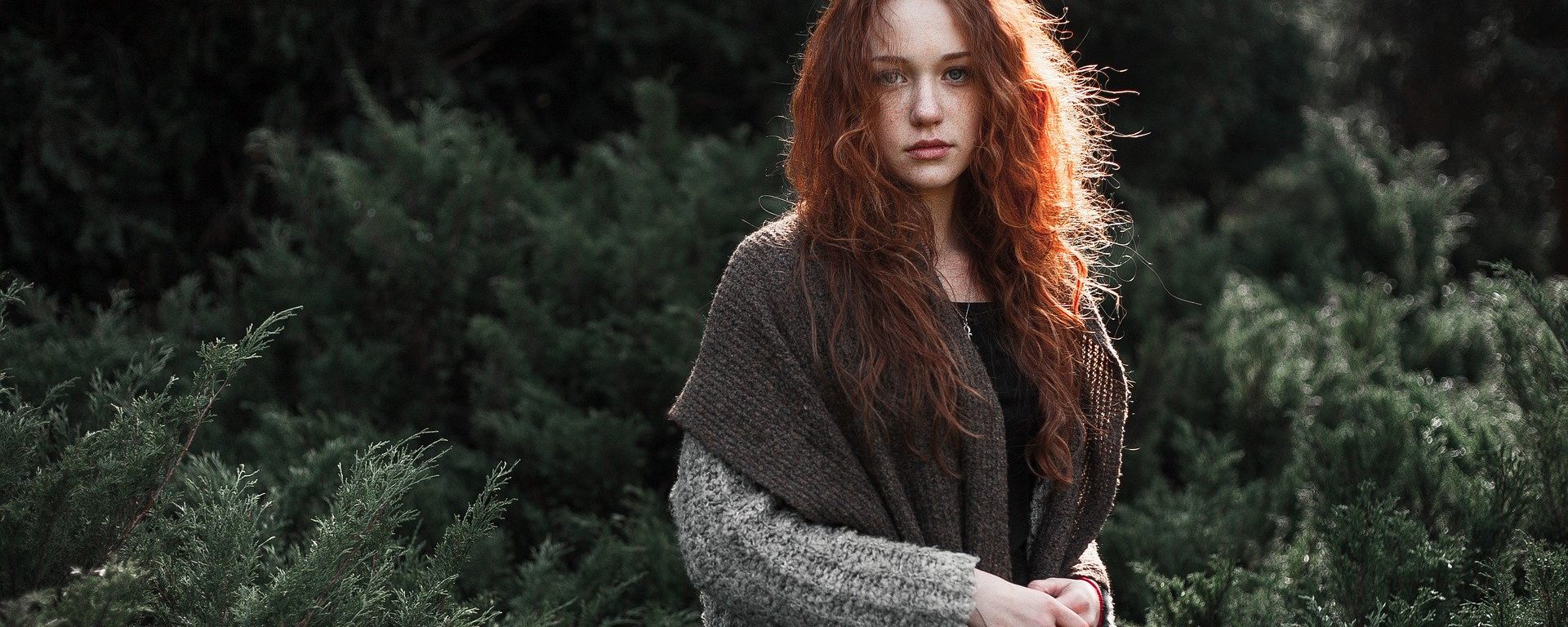
Hi! So, I was thinking about a character who is misunderstood by the people. The public classified him as a villian due to some misunderstanding. What category would he come under? Thank you x.
Hi Kristyl! The character you’re describing could actually fit any of the types of heroes. For instance, they could be misunderstood because they exhibit less than heroic traits, like the anti-hero. Or, they might be trying to convince others of a truth that no one is willing to accept, like the messianic hero.
If you’re stuck trying to pick the right type of hero to focus on, try briefly outlining your hero based on all five types, and see which one fits your story best. I hope that helps! 🙂